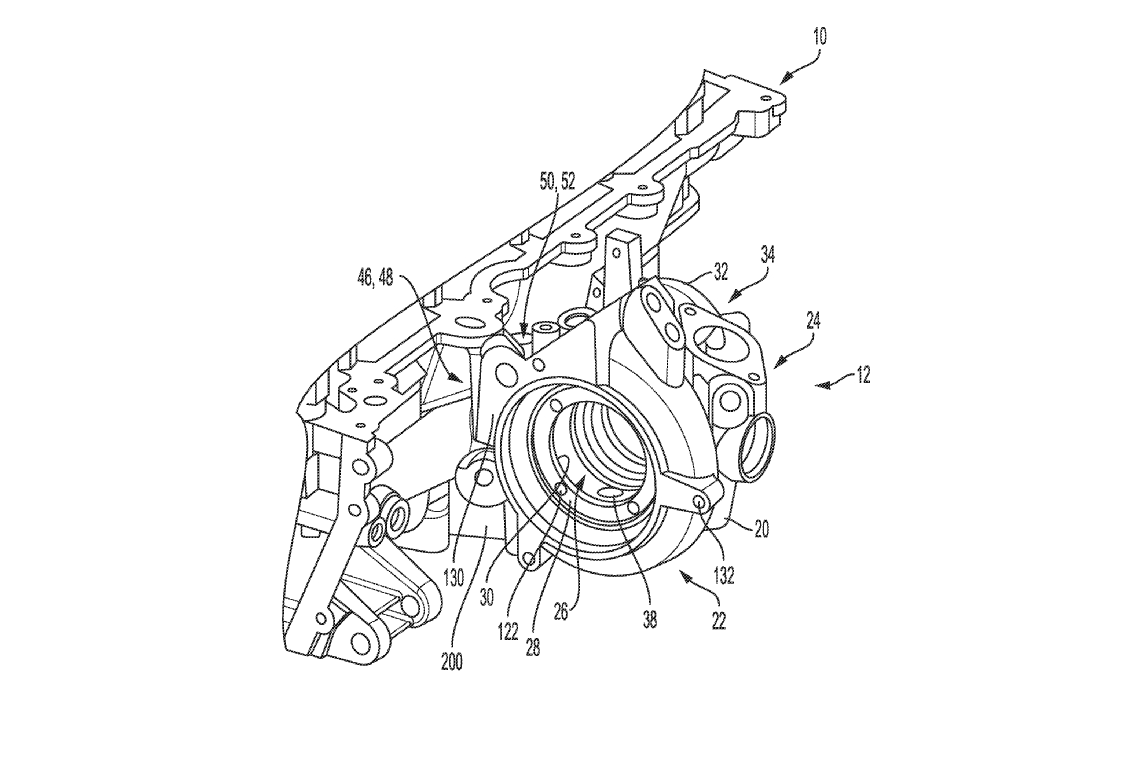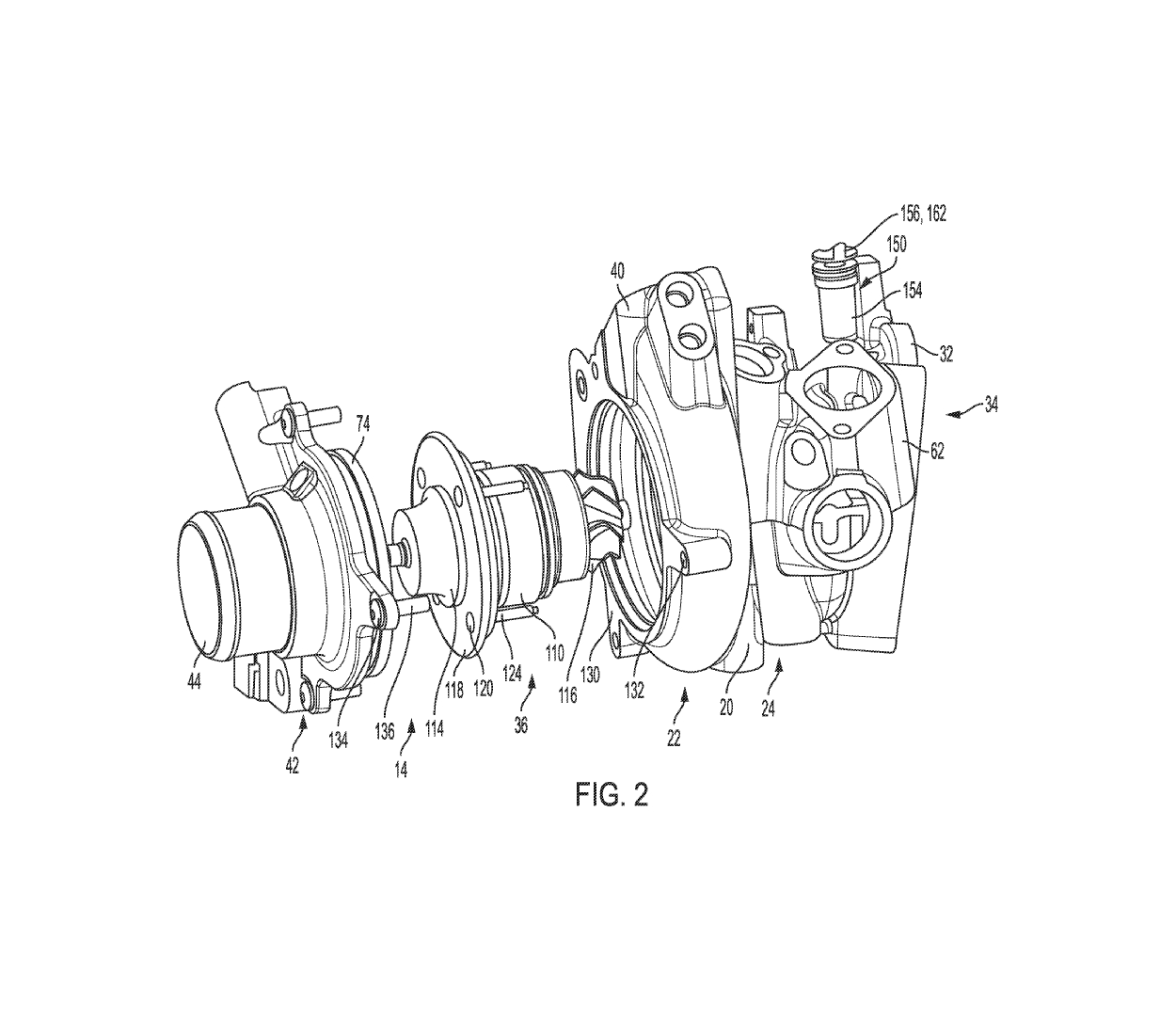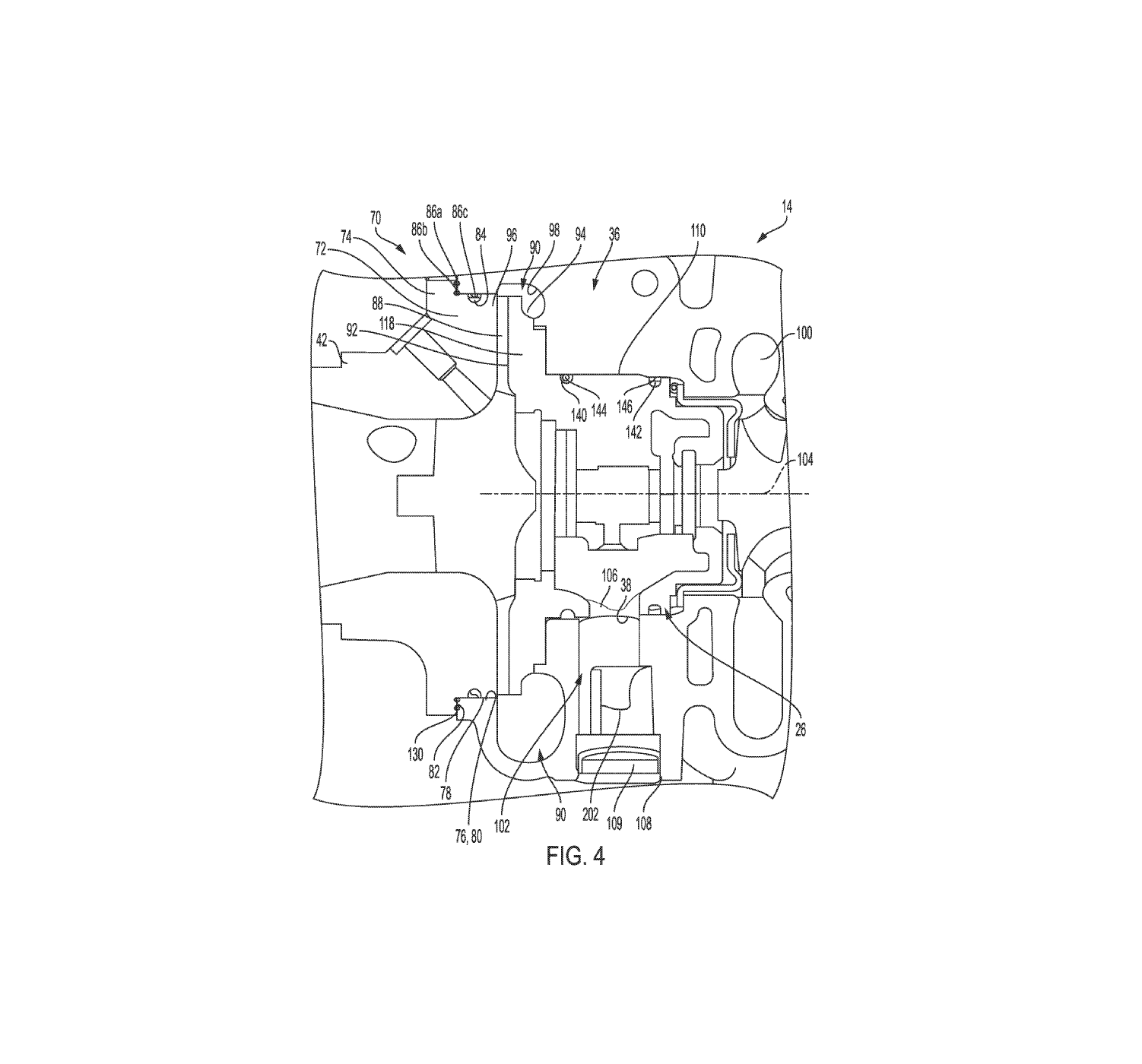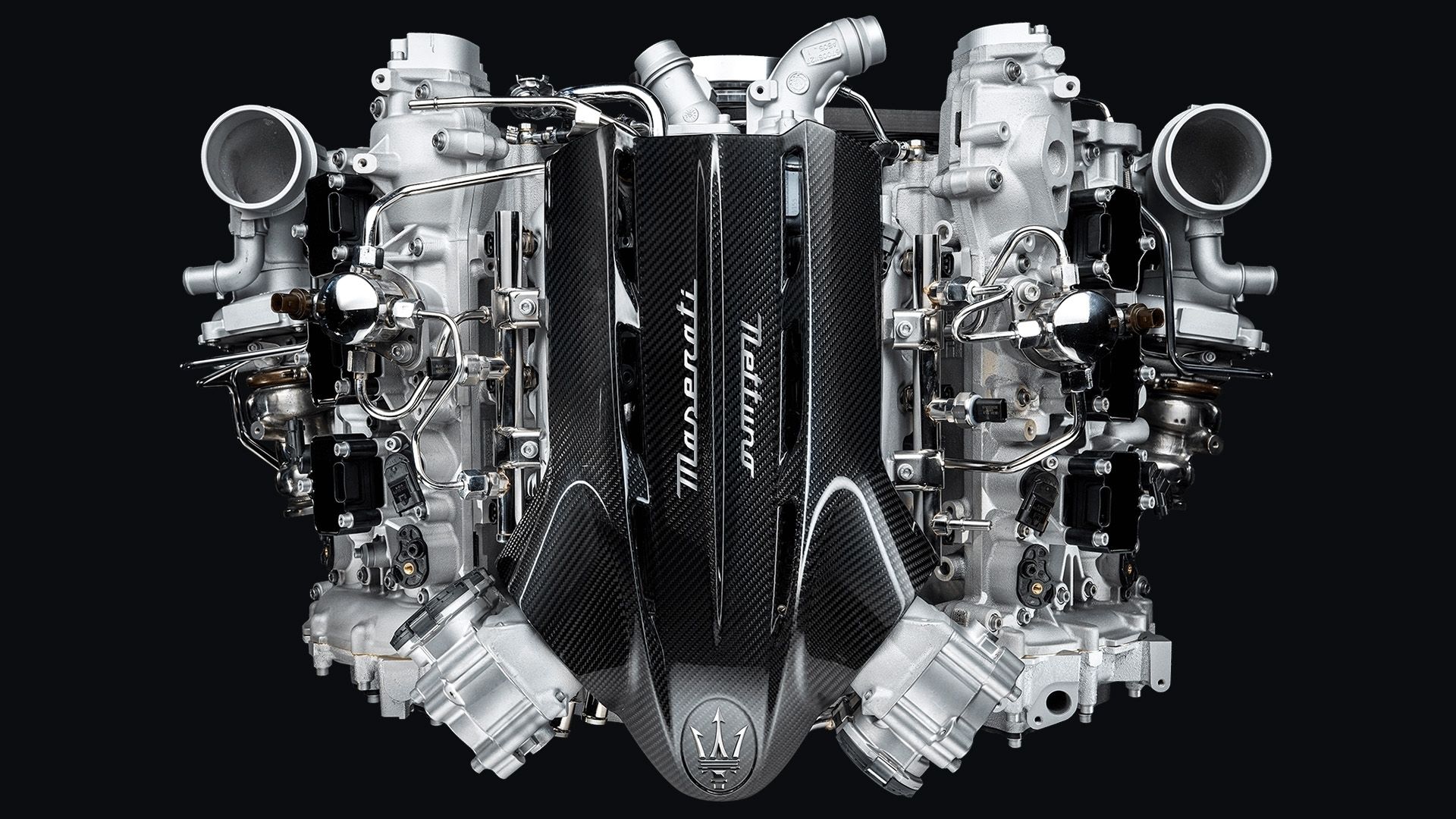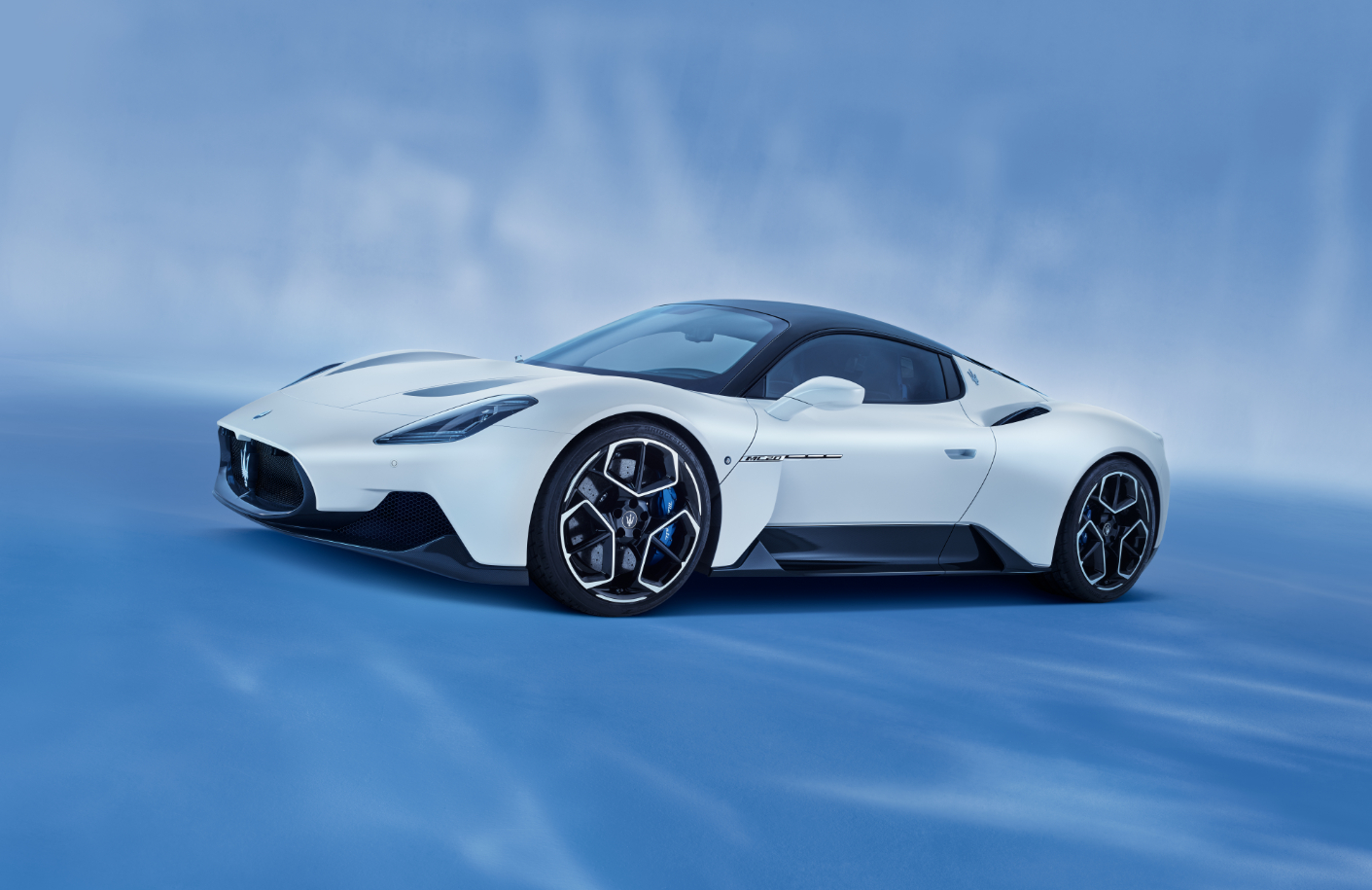
In new patent documents filed with the United States Patent and Trademark Office (USPTO) discovered by CarBuzz, FCA has suggested that a turbocharger assembly should no longer be separate from that of the cylinder head to which it is connected.
We're not going to get into the finer details of how a turbocharger works here, but typically, the exhaust manifold feeds exhaust gases to the so-called hot side of the turbo. FCA's patent suggests that this setup adds too much complexity and uses too many parts. By effectively deleting the exhaust manifold, a manufacturer could save on materials and time.
With the turbocharger cast as part of the cylinder head, the idea is that FCA would save on the materials used to make the manifold, the bolts, studs, and gaskets used to secure the turbo to the manifold, and the manifold to the head, and the additional oil lines required for a turbocharger.
The design would integrate the head with both the compressor and turbine housings of the turbo, while a cartridge would add the wheels and shaft at a later stage. The design also makes allowance for an area that a machine could grab on to orient itself as it fits the cartridge, indicating that the complete turbocharger assembly could be fitted to the one-piece head-and-turbo unit using automated processes.
As we touched on above, the design includes an internal oil channel for the turbo, which can be inspected with minimal disassembly. The design also includes a single heat shield for the entire turbocharger and wastegate assembly, while an Oldham coupling would control the wastegate operation.
This would be complemented by a wear washer to maximize the longevity of the Oldham coupling through vibrations, engine movements, and bumps. Naturally, we have our concerns about excess heat near the head. Still, with the turbine and compressor housings cast as part of the head, many of the gaskets and seals used in a typical turbocharged engine are done away with, potentially increasing longevity.
The industry appears to be pivoting to full-scale electrification, but numerous automakers continue to refine the turbocharger and other aspects of internal combustion. An electric future is still not certain, and if the combustion engine can be continuously made cleaner and more efficient, there is hope that a place still exists for gasoline-powered machines in the future.
As for which FCA or Stellantis product may be the first beneficiary of this new take on turbocharging, one cannot be sure if the idea will even make production. However, in something like a Maserati MC20 successor where space is at a premium, perhaps the integrated turbocharger and head will find a home.

